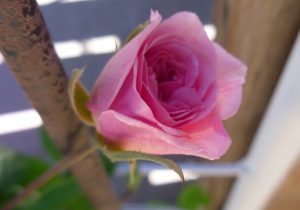As the weather warms up, plants and critters come alive.
April is such a beautiful month. The weather is just right to spend time outside, tending to my garden. The roses are in full bloom on the arches by the side gate, the patio and the gazebo.
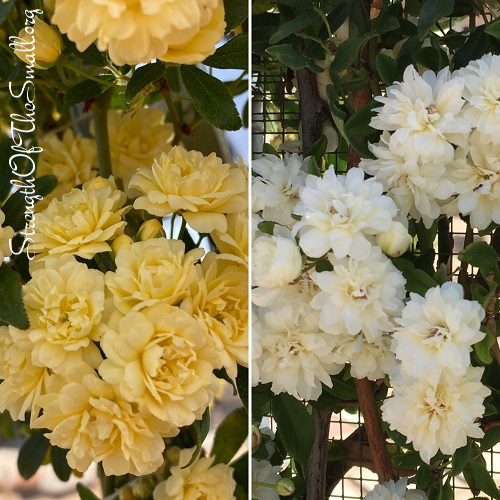
The Red Tip Photinia recently put out beautiful, tiny white clusters of flowers. These flowers however, have an unpleasant smell.
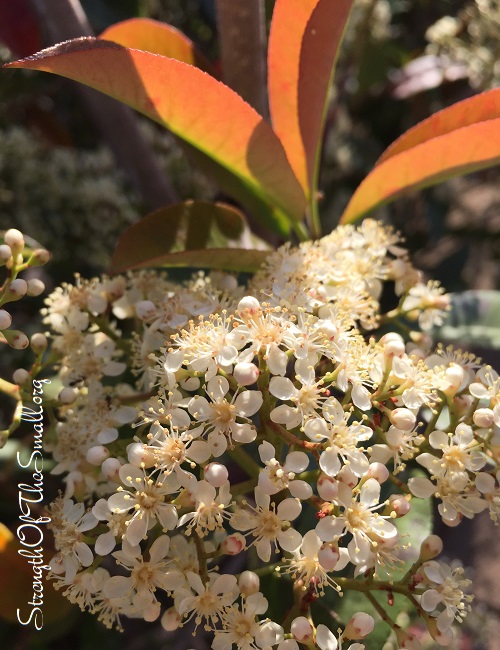
Madame Galen Trumpet Vine is leafing out. Early last Spring, I almost got rid of the plant thinking it had died, since its branches were still bare while other plants had leaves and flowers.
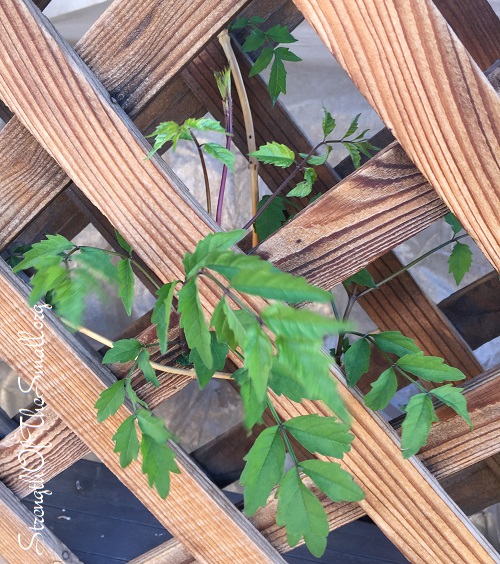
My Lilac bloomed for the first time. I planted a few two years ago from seedlings and they are thriving.
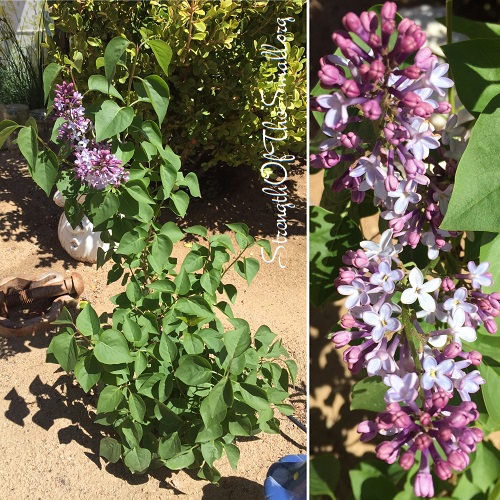
The rose trees are starting to bloom again …
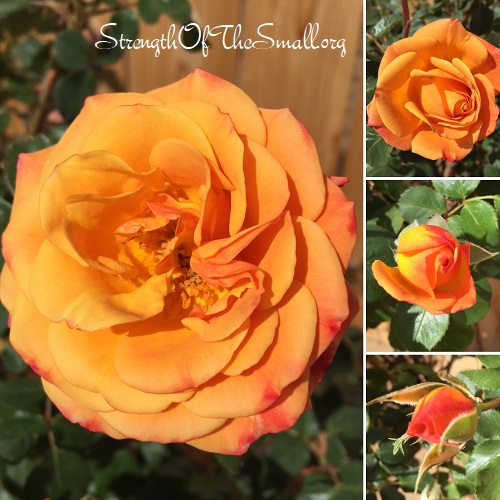
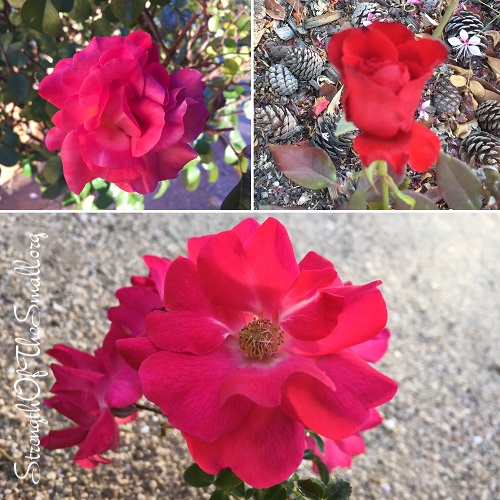
The Creeping Myrtle are fast growing and spreading …
In the front yard I used them as ground cover and in the backyard I used them as climbers.

The Silvery Cassia shrubs are covered in masses of bright yellow flowers.
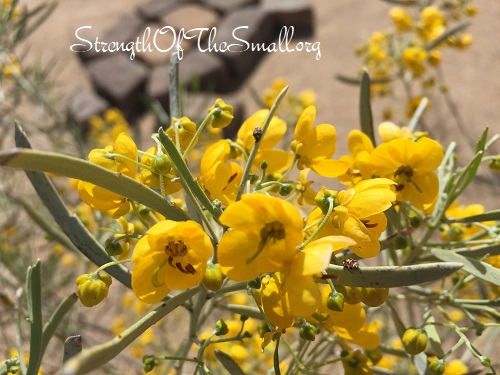
About ten years ago, we planted Japanese Boxwood in two different locations in the backyard. We haven’t lost a single one to date; however, those planted in partially shaded areas have tripled in a size and look greener, while those planted in sunny areas are much smaller and are brighter. A few weeks ago, I realized that the plants are self-seeding under favorable conditions. I found three or four young seedlings next to the mother plant. I will relocate them once they reach a certain height and it’s safe to do so.
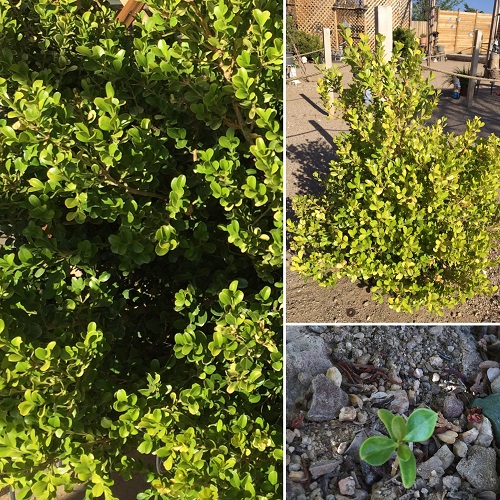
For the last couple of weeks, I have been seeing a strange new insect flying around and didn’t pay much attention. Though I didn’t take a good look at the insect, I remember that I couldn’t get the image off my mind. I knew it wasn’t a mosquito, since it had a long neck and strange looking head. Last week, I saw one resting on the wall and immediately took a picture of it. This insect turns out to be a Snakefly.
According to Wikipedia, Snakeflies are a group of predatory insects, consisting of roughly 260 species. These predatory insects are found in temperate regions worldwide but are absent from the tropics and the southern hemisphere. It is said that their long neck aid in keeping their head above the body. Snakeflies are beneficial insects and appear in Spring and feed on the larvae and pupae of insects as well as other small insects. Their life cycle includes egg, larvae, pupae, and adult. The female has a large and strong ovipositor for laying eggs. The larvae live beneath trees and plants roots, under loose tree bark and hunt for other small insects or their larvae. It may take them a couple of years to complete their development.
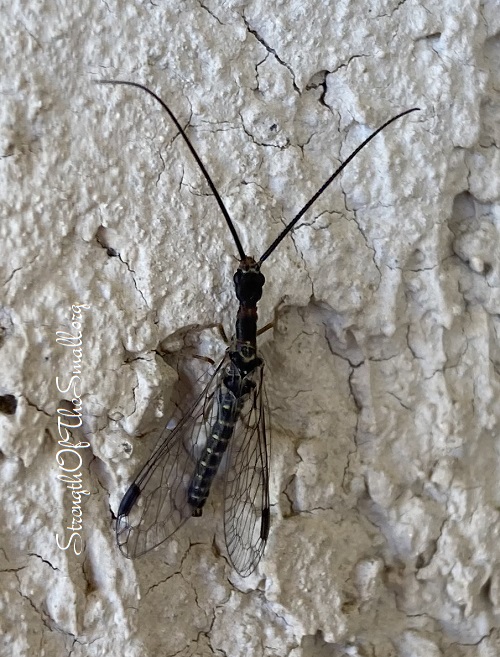
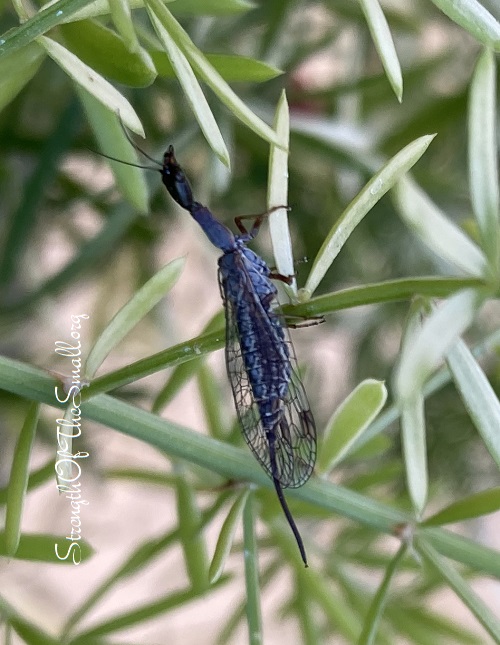
Gophers and ground Squirrels are very active. After loosing a few Gopher plants, my husband set up traps around the area and caught a gopher. The squirrels on the other hand are becoming very sneaky. They dig holes on our property boundary to get to the neighbor’s chicken coop; we have set up a few traps and are keeping our fingers crossed.
Happy gardening!













